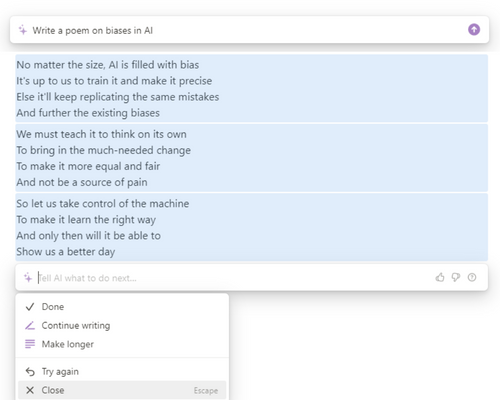Belief at first sight?
Do cameras tell the truth?

The summarised paper in this section is not mine and the entire credit is to the authors. To learn more about the research make sure to check the link mentioned below
This section contains summaries of research papers that I enjoyed reading and which also fed my curiosity and enabled me to learn about the work going on in the fields of interest to me. If learning about new research is something you are interested in, then stay tuned to this page to learn fascinating things.
Research Paper : Belief at first sight - Data visualization and the rationalization of seeing, Doris Kosminsky, Jagoda Walny, Jo Vermeulen, Søren Knudsen, Wesley Willett, & Sheelagh Carpendale
Summary
This paper discusses the similarities between three significant methods of representation from historical to modern times: perspective drawing, early photography, and data visualization. It explains the collective attempt of these methods to depict "correctness" or a representation of the world as it is. Each of these brings its own unique way of representing data, but all of them adhere to the importance of eliminating human biases.
Let’s talk in brief about these representation methods.
1. Perspective drawing is a method of representing three-dimensional space. In order to bring about the correct representation, it follows two rules: first, to see with a single immobile eye, and second, that the planar cross-section of a visual pyramid can pass for an adequate reproduction of the optical image.
2. Early photography brought about automation encompassing all the mechanical nuances of getting a real-life scene captured in its true nature in a device.
3. Data visualization uses a set of data which represents some aspects of the world and then creates a visualization to represent the data set.
The paper stresses that all these methods strive hard to put forth a “correct” representation of data. Even then each of them still showed human influences and limitations.
While perspective drawing was based on the assumption of using a single immobile eye, photography had human biases. In photographs, it is possible that, different people can capture a different perspective of the same scene and in early photography developing these pictures and calibrating skin tones were done using “Shirley cards" (reference cards showing images of Caucasian women). Lastly data visualizations heavily depend on datasets which are processed using algorithms that are never completely free from human bias.
Thus this paper encourages us to understand the context of the data collected and represented, considering the possible biases and hence basing our analysis keeping in mind these factors.
My Two Cents
With the recent burst of AI applications like ChatGPT, it is crucial to understand that their versatility cannot hide the fact that the underlying algorithms are not free of human biases and to base our perspective considering these points.
To end with, I recently got a chance to try out Notion AI. In case you are new to Notion, it's a wonderful platform that can help you organize your documents, create financial trackers, note down recipes, and much more! So it started rolling out its AI features to people on the waitlist and you can see below a short poem that it created for me based on the prompt I gave.
Enjoy these words of wisdom by AI !

I hope you found this post insightful. Feel free to drop your feedbacks or suggestions in the comment box below. Happy learning!